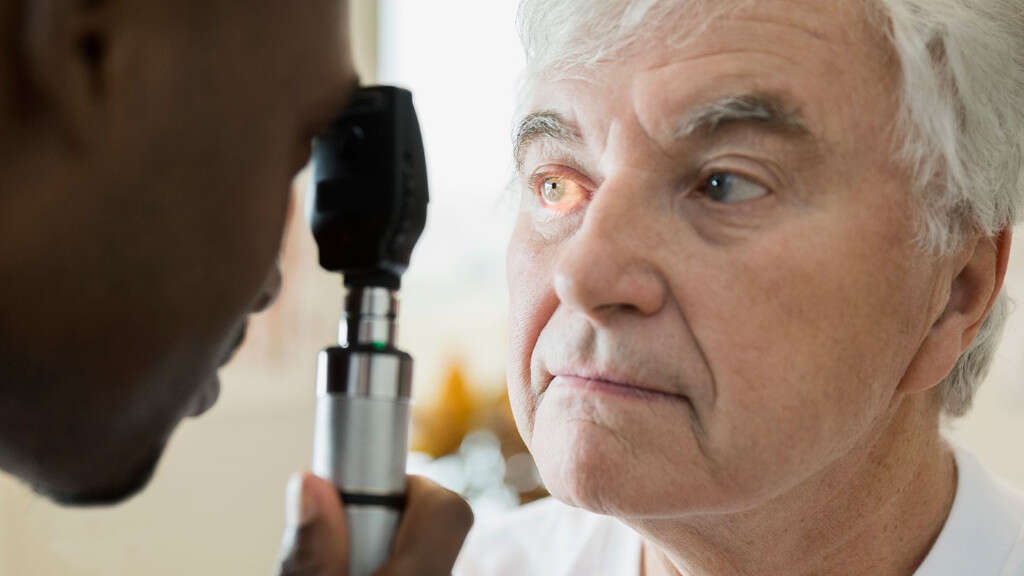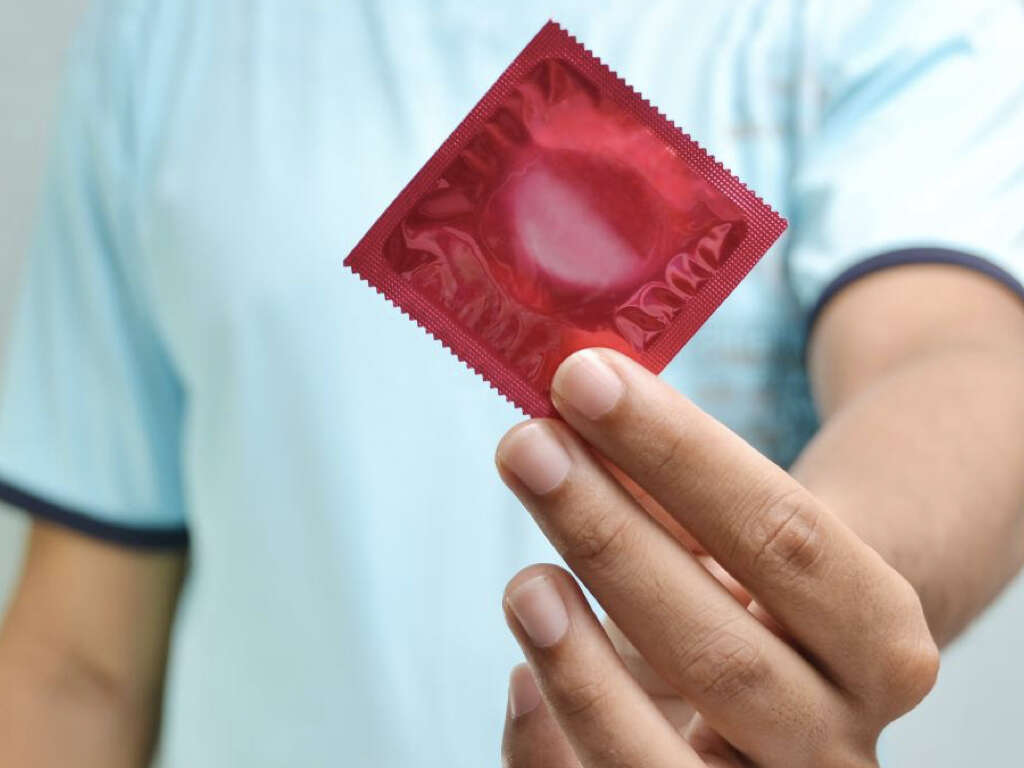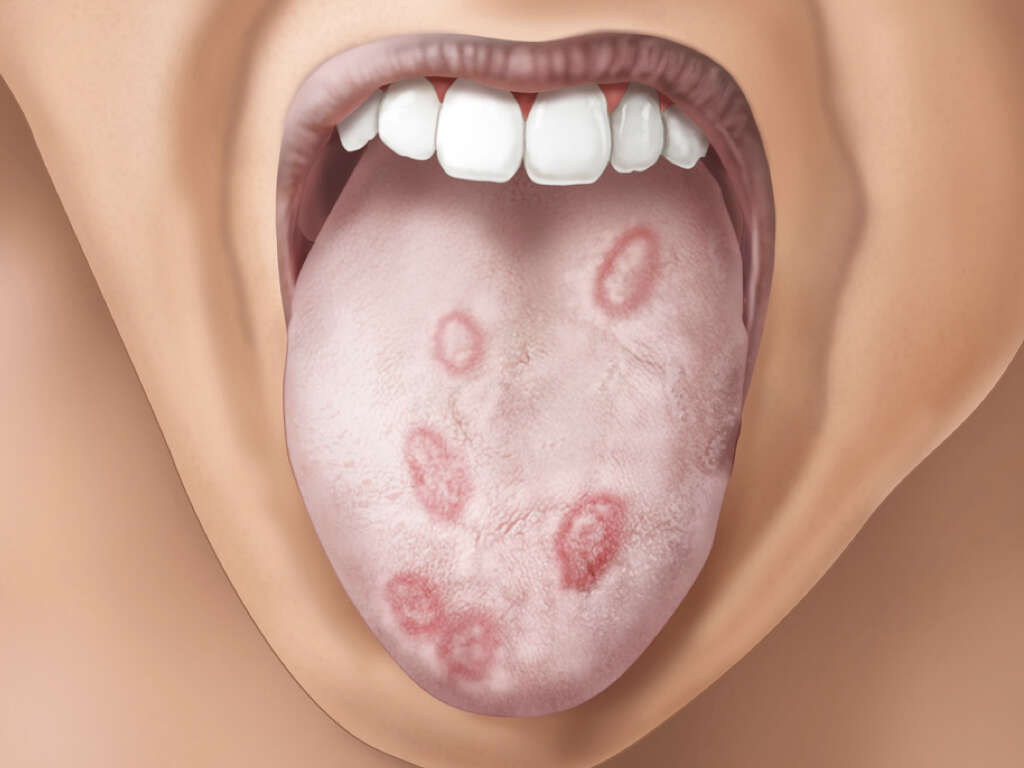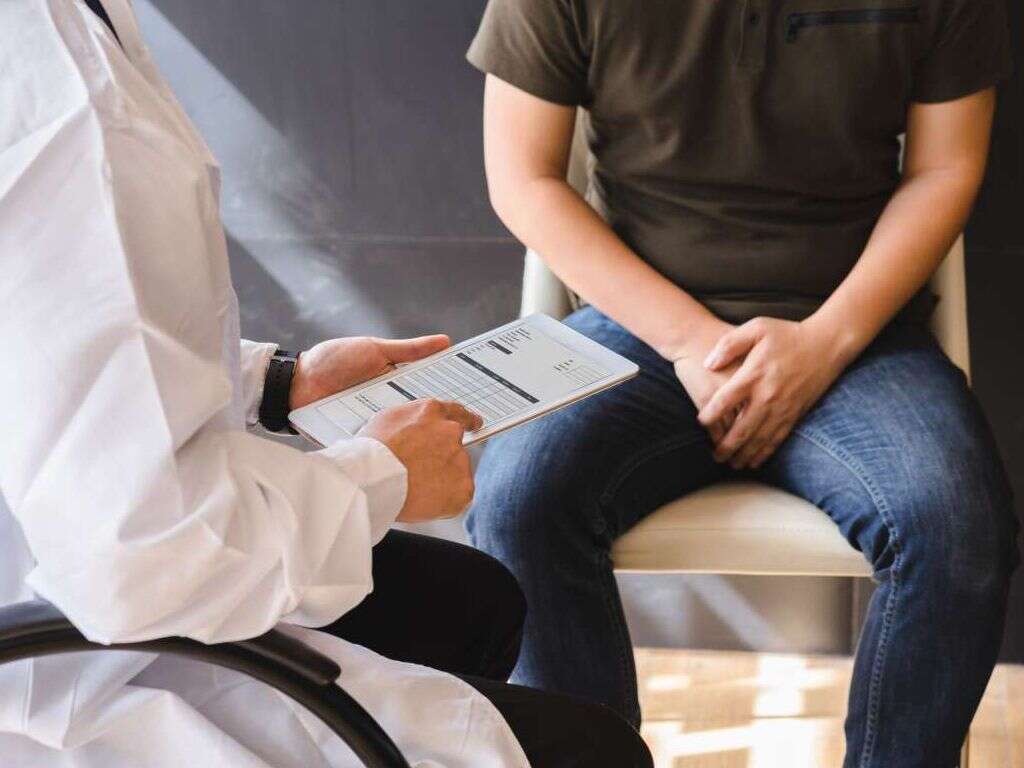10 Chlamydia Symptoms
Chlamydia is one of the most common sexually transmitted infections. Chlamydia can affect the genital organs, urethra, anus, throat, and eyes. It is a bacterial infection which spreads easily between men and women by sexual intercourse, including penetration, oral sex, petting, and direct contact with the genital area, anus or mouth of the infected person. Chlamydia infection can be passed from the mother to the baby during vaginal delivery.
Chlamydia infection is caused by a bacterium known as Chlamydia trachomatis. This bacterial infection affects both men and women, usually around the age of 25 years old.
Practicing safe sex is the best way to protect against chlamydia and other sexually transmitted infections. Getting tested for chlamydia is simple and once diagnosed with this infection, a short course of antibiotics is necessary. If left untreated, chlamydia can lead to other health problems. It is important to know that most patients suffering from this infection are asymptomatic, especially male patients.
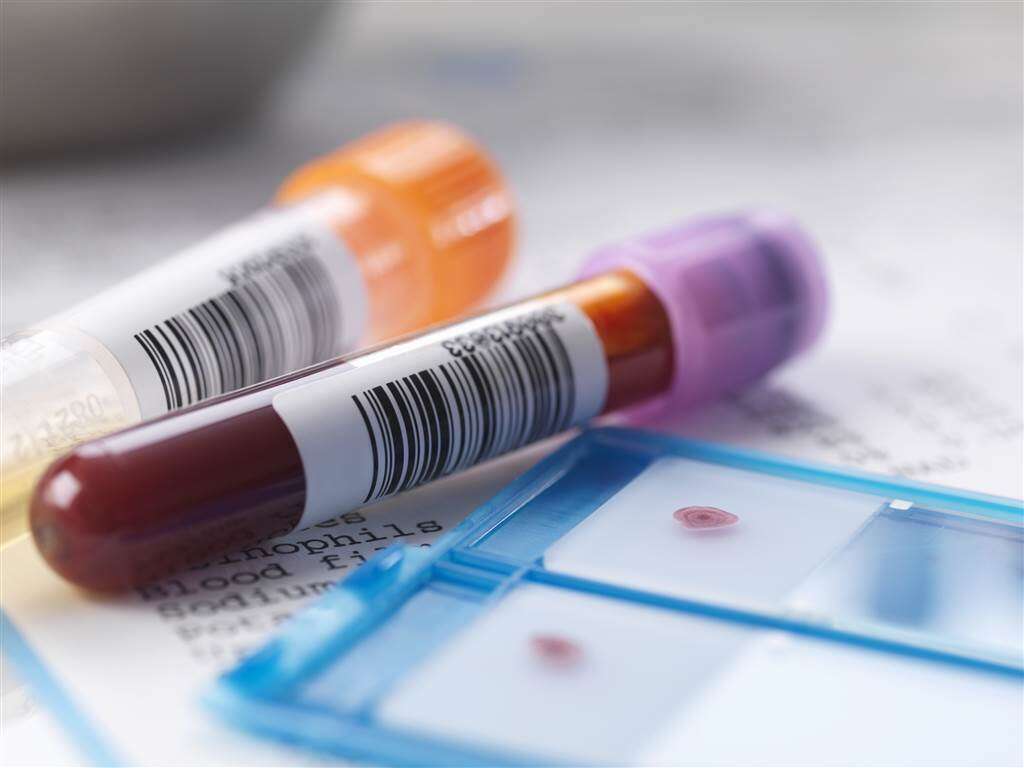
Symptom #1: Abnormal Vaginal Bleeding
Patients suffering from Chlamydia may experience abnormal vaginal bleeding. The bleeding can be after intercourse, also known as postcoital or it can be bleeding that is just not related to the normal menses. If you are experiencing this symptom, you should seek medical attention to rule out any other possible cause and to get an accurate diagnosis.

Symptom #2: Burning and Painful Urination
A symptom that may occur in both men and women is the feeling of pain prior to urinating. When an infected woman has a low immune system and the infection progresses, the bacteria can cause an inflammation of the uterus/cervix. This feeling is also often described as a burning sensation rather than pain, or a pressure to urinate.
Sometimes, symptoms of chlamydia may be mistaken for a urinary tract infection. The difference is that chlamydia is caused by the bacteria Chlamydia trachomatis, while UTI´s are caused by other bacteria such as E. Coli. It is important to get tested and find out what type of infection you have, in order to get the proper treatment.

Symptom #3: Genital Discharge
Another symptom women should look out for is a change in vaginal discharge. It is true that there is no “norm” regarding the color or odor of vaginal discharge and it is different from woman to woman. However, if you notice a change in your vaginal discharge during menstruation cycles it is recommended to consult a doctor.
Chlamydia can lead to this type of change, usually giving the vaginal discharge a yellowish color, a thicker structure, and a strong odor. More precisely it is the cervicitis, the infection of the cervix by the bacteria Chlamydia trachomatis, that causes this abnormal discharge.

Symptom #4: Swelling of the Genital Area
Also common for both genders infected with Chlamydia is swelling around the groin. Swelling of the testicles may occur in affected men, although in very rare cases. The swelling is a reaction to the inflammation and occurs internally. It is at around three to four weeks after being infected with the bacteria that the swelling starts to show and may be noticed by the infected person.
This is because at this stage, the infection reaches the lymphatic glands in the groin. These swellings may turn to abscesses with the above mentioned strong odor discharge. The swelling goes away once the cause is treated properly.

Symptom #5: Painful Sexual Intercourse
Chlamydia and other STDs can all lead to pain during sexual intercourse. Experiencing pain during intercourse doesn´t necessarily mean you have an infection. In some cases, women experience this feeling of pain due to a lack of lubrication. It is highly recommended to consult with a doctor and find out the real cause of the pain you´re experiencing.
Should it be an infection, it needs to be treated as soon as possible, to avoid further complications. The pain can vary, from you experiencing it only at the beginning of penetration, during each penetration or after intercourse. The pain may be a throbbing one, an aching pain or a deep pain and discomfort during intercourse.

Symptom #6: Itching in the Anal Region
Anal itching is an additional symptom that may indicate an STD such as chlamydia. The intensity also changes with the adjustment of body position from standing to sitting, pressure, or moisture.
Although individuals have the need to scratch, this doesn´t make the feeling go away; on the contrary, it increases the discomfort. It is, therefore, necessary to treat the cause in order to get rid of the discomfort.

Symptom #7: Fever
This is a non-specific symptom associated with many conditions and especially seen in infectious diseases. It can affect both genders and it is usually a low-grade fever.
As the disease progresses, it can spread upwards in a condition known as Pelvic Inflammatory Disease (PID). This condition is known to cause fever as one of the early signs of the disease. Usually, it is a low-grade fever, but if the condition is left untreated, it can become a very serious problem. It is important to seek medical attention to prevent further complications.

Symptom #8: Scrotal Pain
Patients suffering from this condition may experience scrotal pain. It is usually unilateral but it can affect both testicles as well. The pain is usually mild but it is severe enough for patients to seek medical attention.
Given the fact that males are usually asymptomatic, it is important to notice this symptom to seek medical attention, get tested, and prevent the spread of the disease.

Symptom #9: Eye Infection
Even the eye can get infected by chlamydia if, for example, you touch your eye with the bacteria on your hands. You will notice the same symptoms as you would with other eye infections, such as a burning feeling, discharge or eye redness. Sometimes even the lymph nodes near your eyes are enlarged.
Usually this also goes away by itself, but if not, there are eye drops that contain antibiotics to fight the bacteria near and in your eyes. It is best to prevent these eye infections by not touching your eyes without prior washing of hands, especially prior, during or after sexual intercourse.

Symptom #10: Vision Loss
Scientists have shown that in some cases, chlamydia can even lead to blindness. The bacteria that cause the blindness may be passed on during the infection, causing a condition known as trachoma - a tropical disease that leads to severe pain and turns the eyelids inwards, hurting the cornea, in some cases irreversibly.
If a woman giving birth has chlamydia, it can be passed on to the infant during birth, possibly also leading to blindness. It is very important to practice good hygiene, especially after intercourse, and to get tested regularly. This will assure early and proper treatment.
